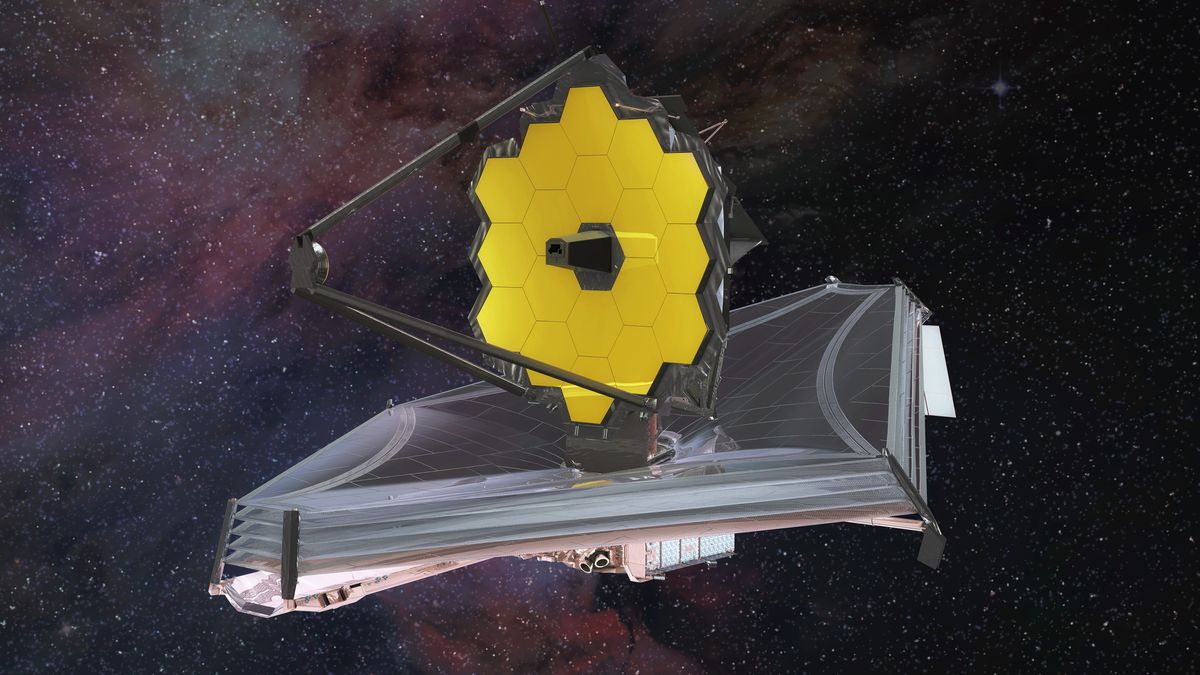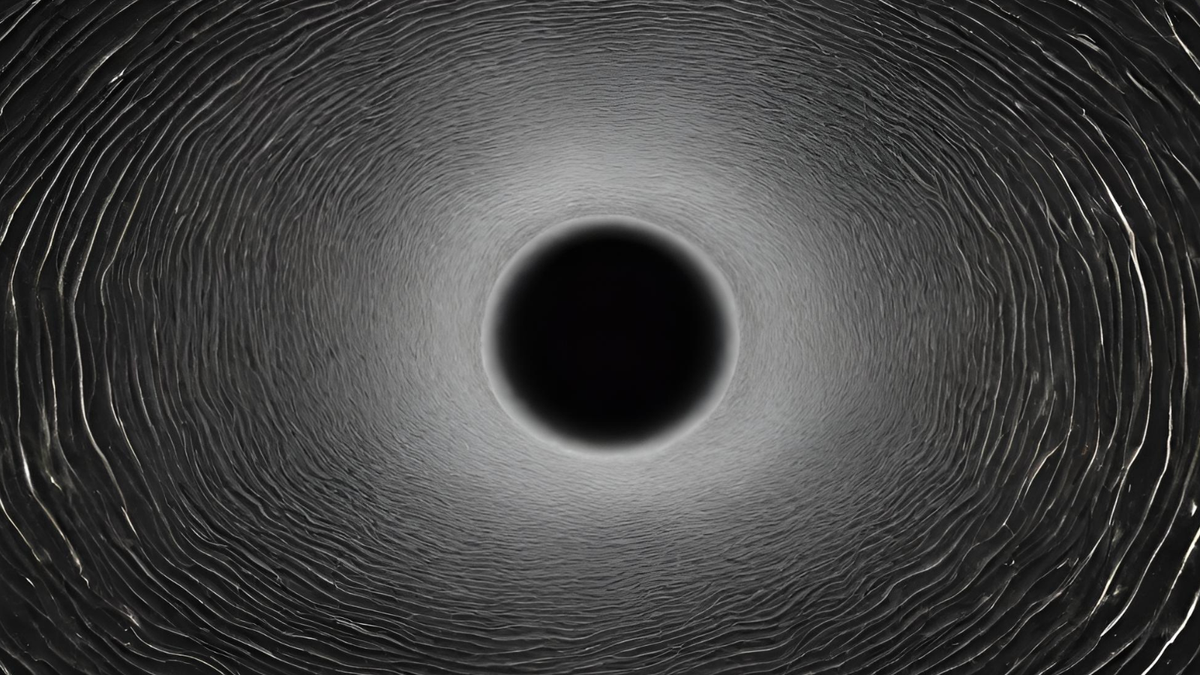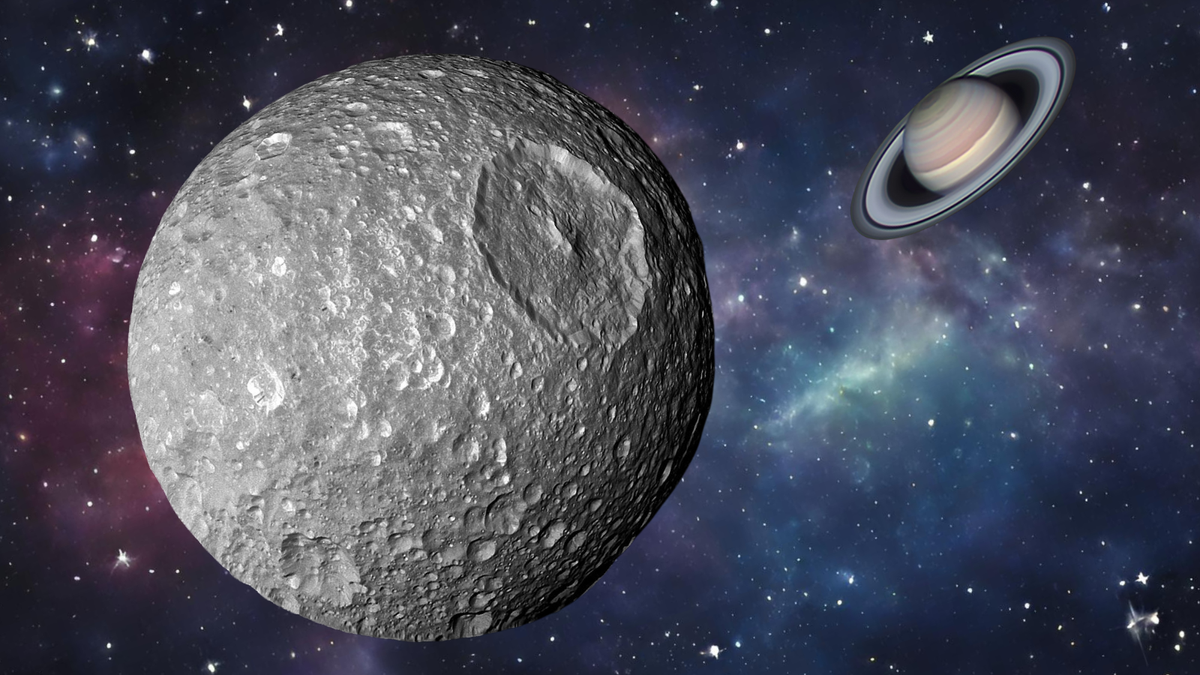Ultrablack Film Coating Advancements
Advanced telescopes, like the James Webb Space Telescope, provide breathtaking images of galaxies millions of light-years away. However, researchers from the University of Shanghai for Science and Technology and the Chinese Academy of Sciences have developed an ultrablack film coating for aerospace-grade magnesium alloys to improve these images further. Analogous to seeking clear nighttime skies away from city lights for stargazing, astronomers coat their devices with black paint to reduce stray light and optimize performance. In space telescope construction, this concept applies, with the team’s new coating absorbing a remarkable 99.3% of light even in challenging conditions.
Their innovative black coating outperforms existing options like vertically aligned carbon nanotubes or black silicon, known for their fragility and limited applicability to complex structures. Utilizing atomic layer deposition (ALD), a manufacturing technique in a vacuum chamber, the researchers generated ultrablack film using layers of aluminum-doped titanium carbide (TiAlC) and silicon nitride (SiO2). TiAlC acts as an absorbing layer, while SiO2 creates an anti-reflection structure, trapping nearly all incident light within the multilayer film and achieving efficient light absorption. ALD’s remarkable step-coverage ability allows the uniform application of the coating to curved surfaces and intricate shapes, a critical feature for optical devices used in telescopes.
Application in Space Telescopes
Initial testing indicated that the ultrablack film absorbed 99.3% of light across a broad electromagnetic spectrum range from violet light at 400 nanometers to near-infrared light at 1,000 nanometers. Beyond efficient light absorption, the coating displayed exceptional stability in challenging environmental conditions, withstanding friction, heat, moisture, and extreme temperature fluctuations. With these promising results, the researchers anticipate significant improvements in the performance of the next generation of space telescopes and optical hardware. Their study, published in the Journal of Vacuum Science and Technology A on March 12, marks a crucial advancement in enhancing space exploration capabilities.
This ultrablack film coating not only addresses the limitations of existing coatings by offering enhanced durability and versatility but also demonstrates its potential to revolutionize optical technologies for space observation. By absorbing an impressive percentage of light and maintaining stability in demanding conditions, this innovation opens new possibilities for advancing astronomical research and exploration beyond our solar system.
Image/Photo credit: source url





